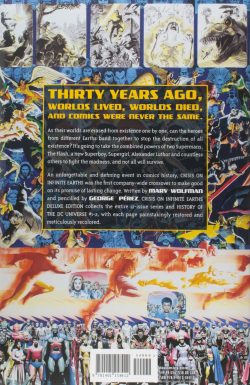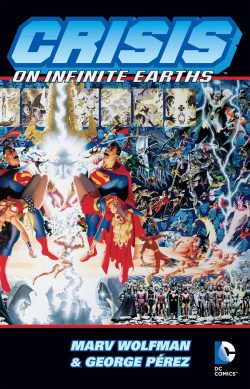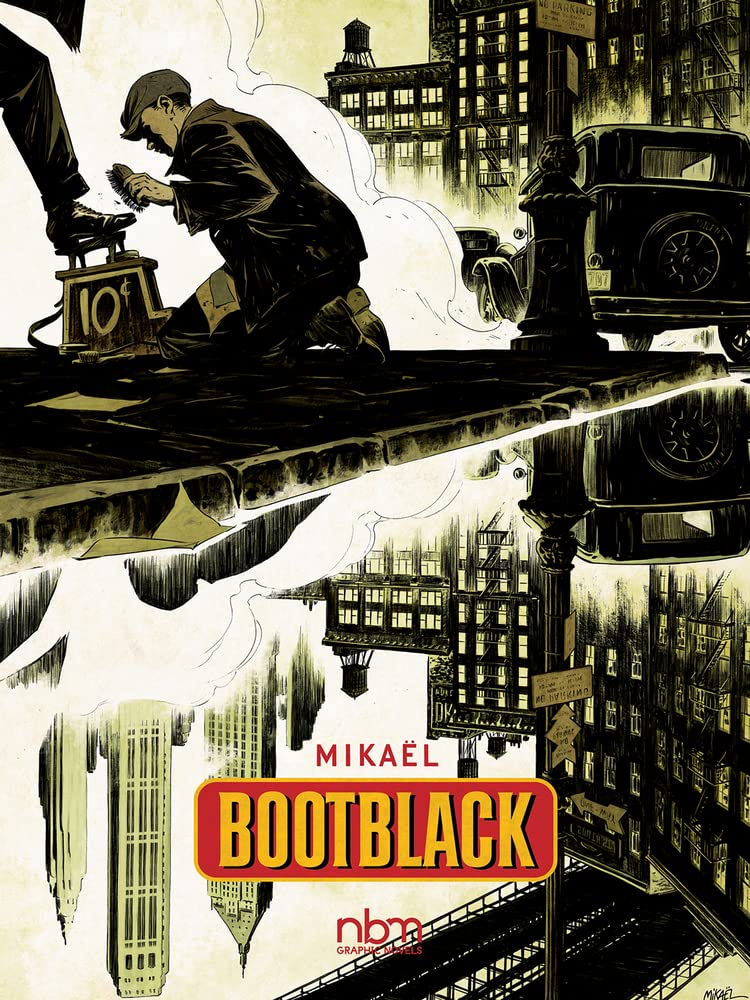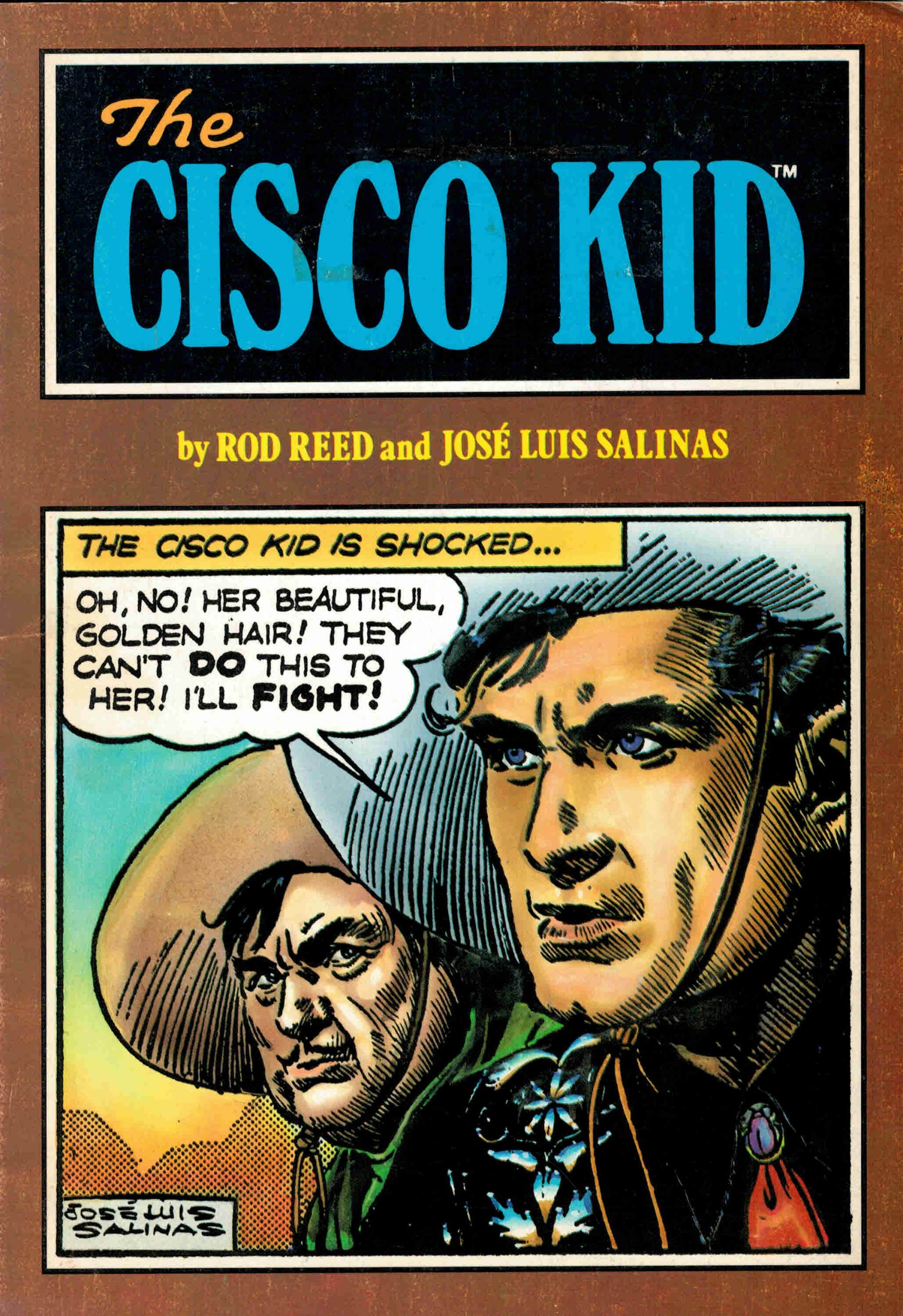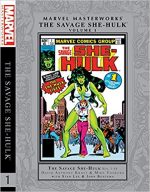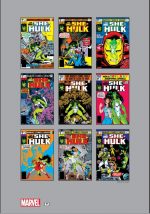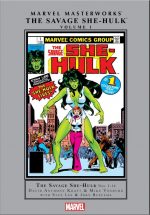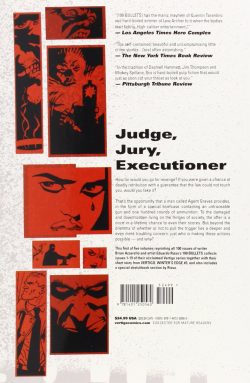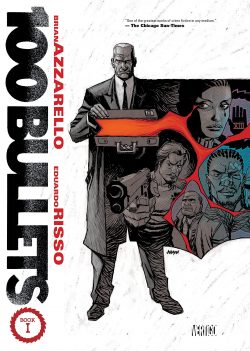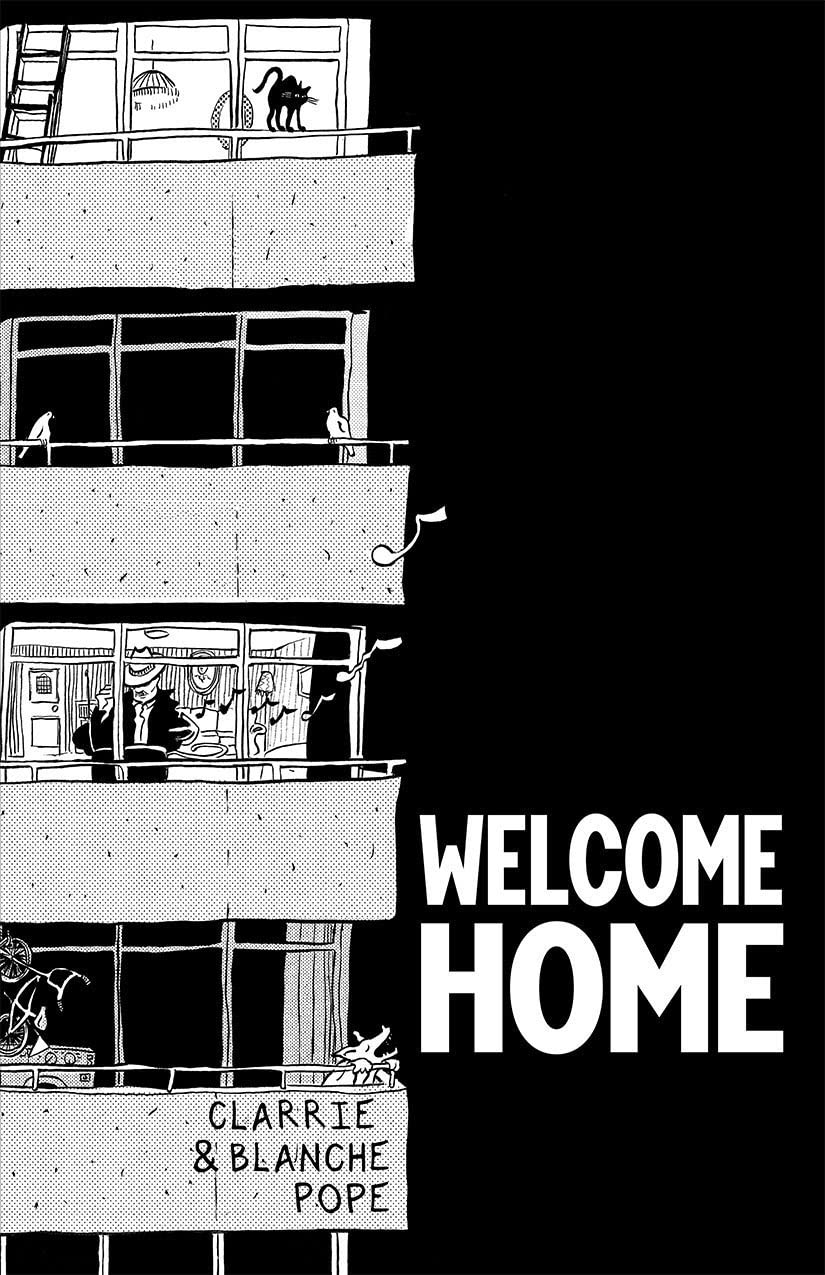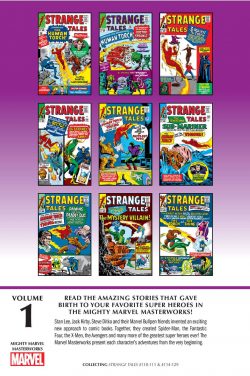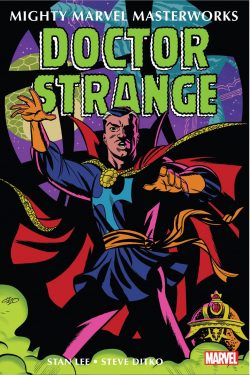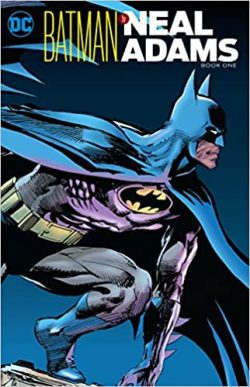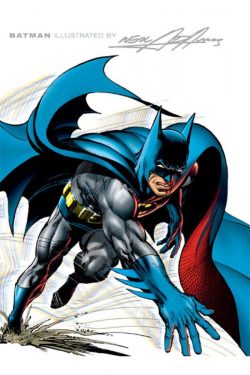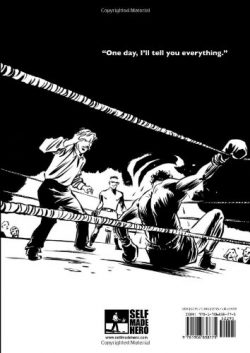
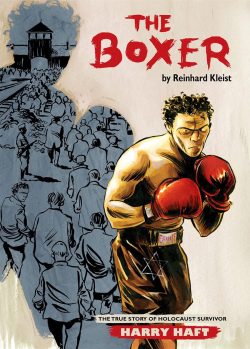
By Reinhardt Kleist; translated by Michael Waaler (SelfMadeHero)
ISBN: 978-1-906838-77-5 (TPB/Digital edition)
Multi-award-winning German illustrator, designer, author, cartoonist and comics maker Reinhard Kleist (Berlinoir; Steeplechase; Das Grauen im Gemäuer) has been working in the industry since 1994: setting up a cooperative studio/atelier and beginning his professional career with graphic biography Lovecraft, and supernal dramas Minna, Das Festmahl, and Abenteuer eines Weichenstellers while still a student in Münster.
He has constantly explored and gratified his fascination with notable individuals who have overcome stacked odds and inner darkness in stellar works such as Johnny Cash: I See a Darkness; Elvis – An Illustrated Biography; Castro; An Olympic Dream: The Story of Samia Yusaf Omar and Nick Cave: Mercy on Me.
In 2011 he again turned to boxing for inspiration, adapting a Holocaust biography written by the son of a survivor of the death camps. Hertzko/Herschel “Harry†Haft might be regarded amongst the more noteworthy of those benighted souls: a ruthlessly determined individual who overcame every iteration of horror and privation, using his fists and low cunning.
His life was first recounted in 2006 by his son Alan Scott Haft in prose biography Harry Haft: Auschwitz Survivor, Challenger of Rocky Marciano, and as well as the graphic novel under review here, you can absorb the tale in filmic form in Barry Levinson’s movie adaptation The Survivor.
Delivered in stark monochrome, Kleist’s compelling and uncompromising interpretation opens with the protagonist a humble grocer in America, trying to relate to his young son. Harry is a hard man to relate to, but in a moment of contrition he promises to one day share with his boy what made him that way.
Alan waited another forty years to hear the truth and turned it into a narrative for everyone…
The story proper opens in 1939, in the Polish town of Belchatow. Since the Germans came, the Jewish Haft family have become smugglers, and 14-year old Hertzko thinks himself invincible.
His father had sold fruit and veg but found it increasingly difficult to support a wife and eight children. When he died, the family splintered and only Hertzko and brothers Aria and Peretz stayed with their mother. When the invasion took hold, their illicit activities made them all targets, but amidst daily outrages, he found opportunity for love and was betrothed to Leah Pablanski, daughter of the receiver of all the contraband he shifted across the Nazis’ new borders…
When Hertzko was transported to his first labour camp, seeing Leah again one day was the dream that kept him going. Barely literate but strong and determined he had a gift for being useful and, despite toiling in the most horrific circumstances and being present for every atrocity of the regime, he endured – especially after his smuggling experience made him an essential tool of one particular guard officer who was methodically enriching himself at the prisoners’ expense…
Moved from camp to camp as a slave labourer, Hertzko eventually arrived in Jaworzno camp and was reunited with his brother Peretz. Here his sponsor found him less egregious duties. All he had to do was fight other prisoners in Sunday exhibition matches for the officers. Haft had never boxed before, but would do anything for better conditions and what passed for “guaranteed†survival. What he did there remained with him for the rest of his life…
Despite his resilience and adaptability, Haft always found himself at the mercy of superior and more ruthless forces. As the Allies slowly pushed the Nazis back on all fronts, he was left to the “death marches†the SS instigated to empty the camps and hide evidence of their industrialised slaughter factories. Over and again, Haft dodged certain death and committed more sins until finally captured by American troops. Soon his underworld experience was being exploited by the GIs as Hertzko ran a bordello for the soldiers. When Peretz resurfaced, Haft finally had time and enough money to go looking for Leah. That trail led ultimately to America.
While in US-occupied Straubing, Haft had won a boxing competition organised by the Army, and was – after further machinations – allowed to emigrate in 1946. He was 23 years old…
The second half of Haft’s life began in the New World. He still wanted Leah and decided fame would be the key. The fight game in America was popular but increasingly under the control of organized crime. Nevertheless, Haft – now calling himself “Hershel†and “Harry†– pursued his chosen path with relentless zeal.
Overcoming every administrative obstacle, he found a manager, learned how to actually box rather than fight and kept on winning.
The equation was simple. Leah was here somewhere. If he could get his picture in the papers or newsreels or even on this new television thing, she would see him and get in touch. Sadly, it only brought him to the attention of mobsters. After his moment of glory fighting Rocky Marciano in 1949, Haft learned how his chosen world really worked…
Walking away, he married a neighbour’s daughter in November and opened a grocery store in Brooklyn. In 1963 the family took a trip to Florida and young son Alan helped locate a woman named Leah Lieberman…
Please be warned: The Boxer is not just a testament of atrocity or celebration of the human spirit under the most appalling conditions. It’s also a real world love story where the always-inevitable ultimate reunion does not follow the rules of romantic fiction or bring about a happy ending.
Kleist’s graphic tour de force is supplemented by a stunning gallery of sketches and working drawings, and backed up with a picture-packed essay from sports journalist Martin Krauss.
‘Boxing in concentration camps – a report’ details the long-neglected topic of Nazi sports exhibitions in work and death camps and relates it to Haft’s later professional career in America, including a chilling sidebar on ‘US boxing and the Mafia’. Also on the bill are biographies of other ‘Forgotten champions’ of the camps: Victor “Young†Perez; Noach Klieger; Leendert “Leen†Josua Sanders; Leone “Lelletto†Efrati; Salamo Arouch; Jacko Razon; Johann “Rukelie†Trollman; Tadeusz “Teddy†Pietrzykowski and Francesco “Kid Francis†Buonagurio.
Potent, powerful, moving and memorable, this is a quest tale well told and one not easily forgotten.
© Text and illustrations 2012 CARLSEN Verlag GmbH, Hamburg, Germany. © Appendix 2012 Martin Krauß and CARLSEN Verlag. English translation © 2021 SelfMadeHero. All rights reserved.

